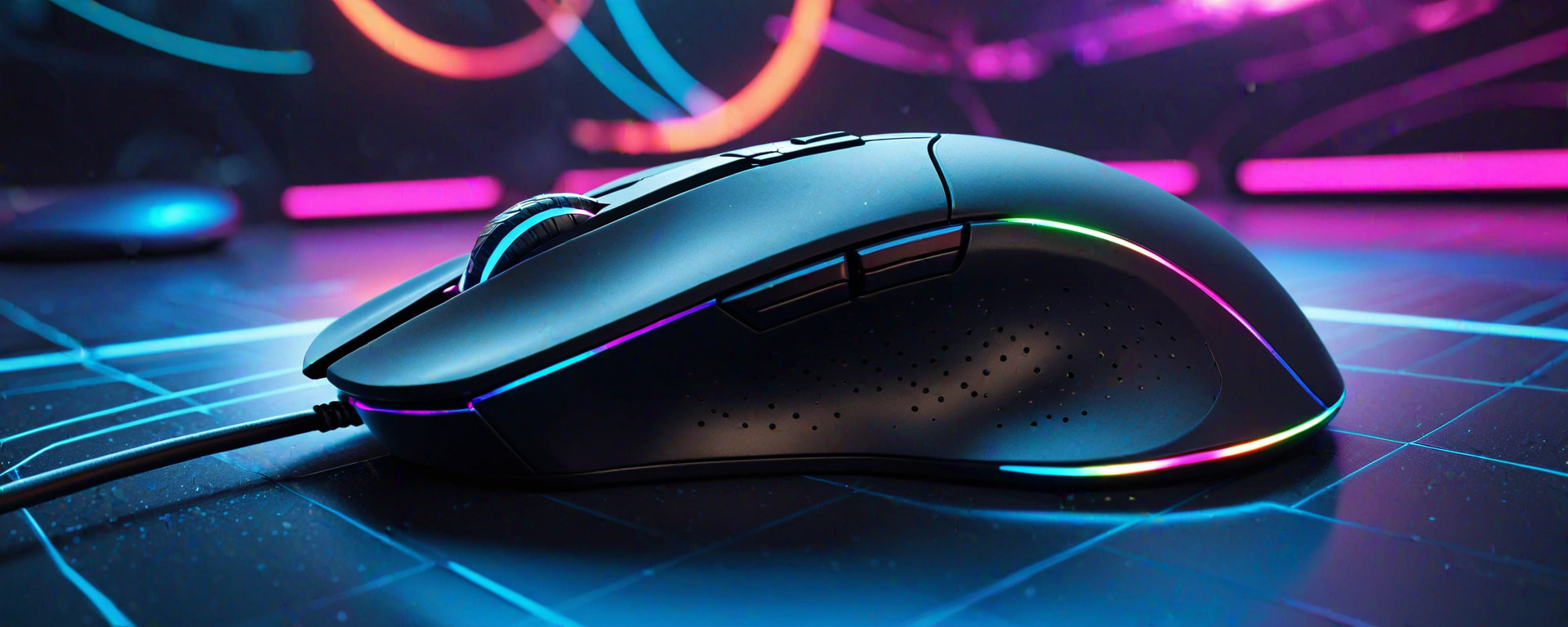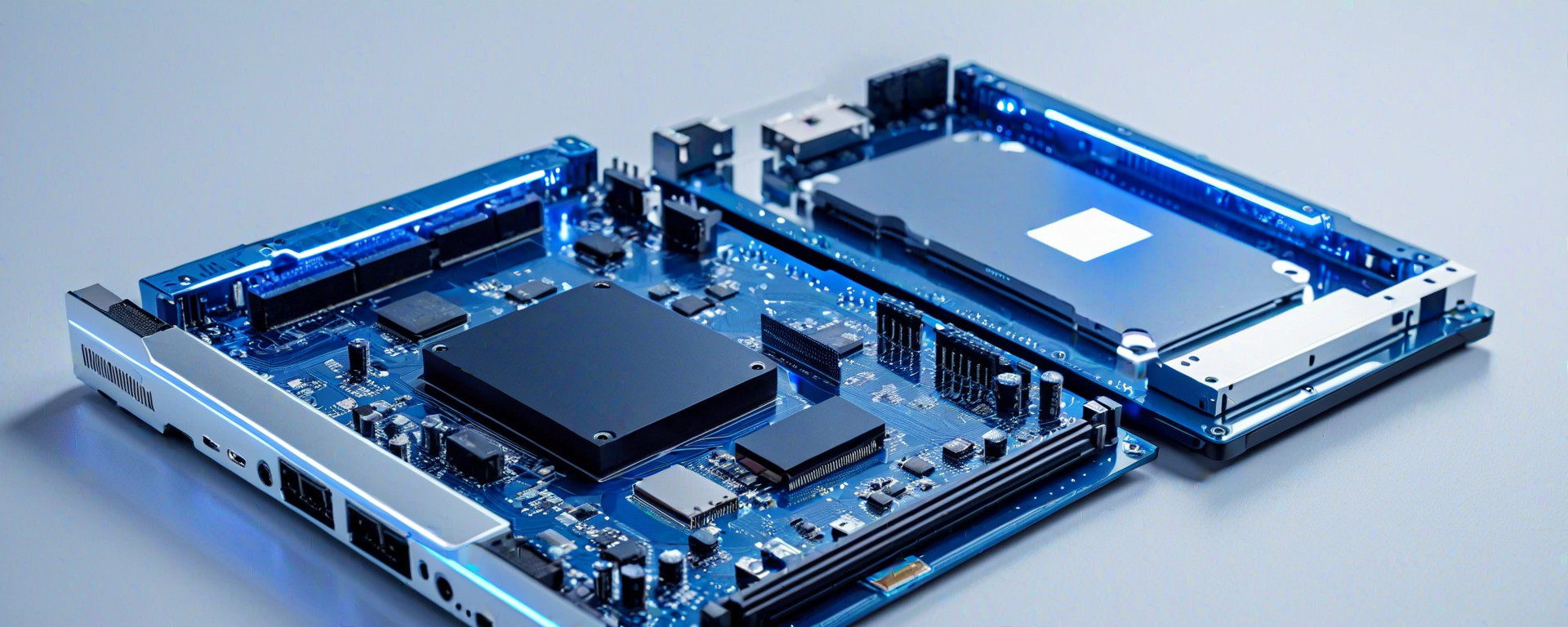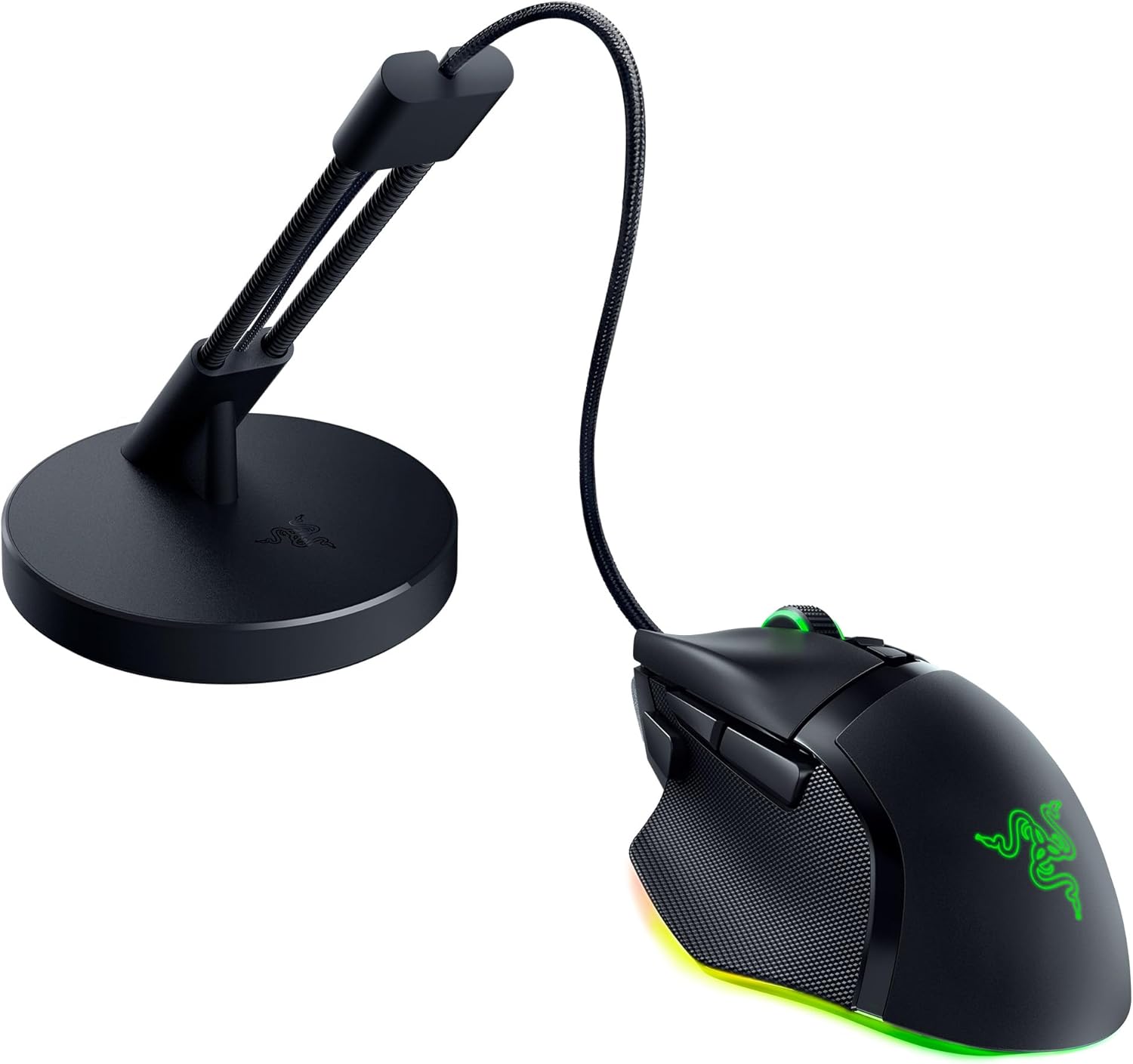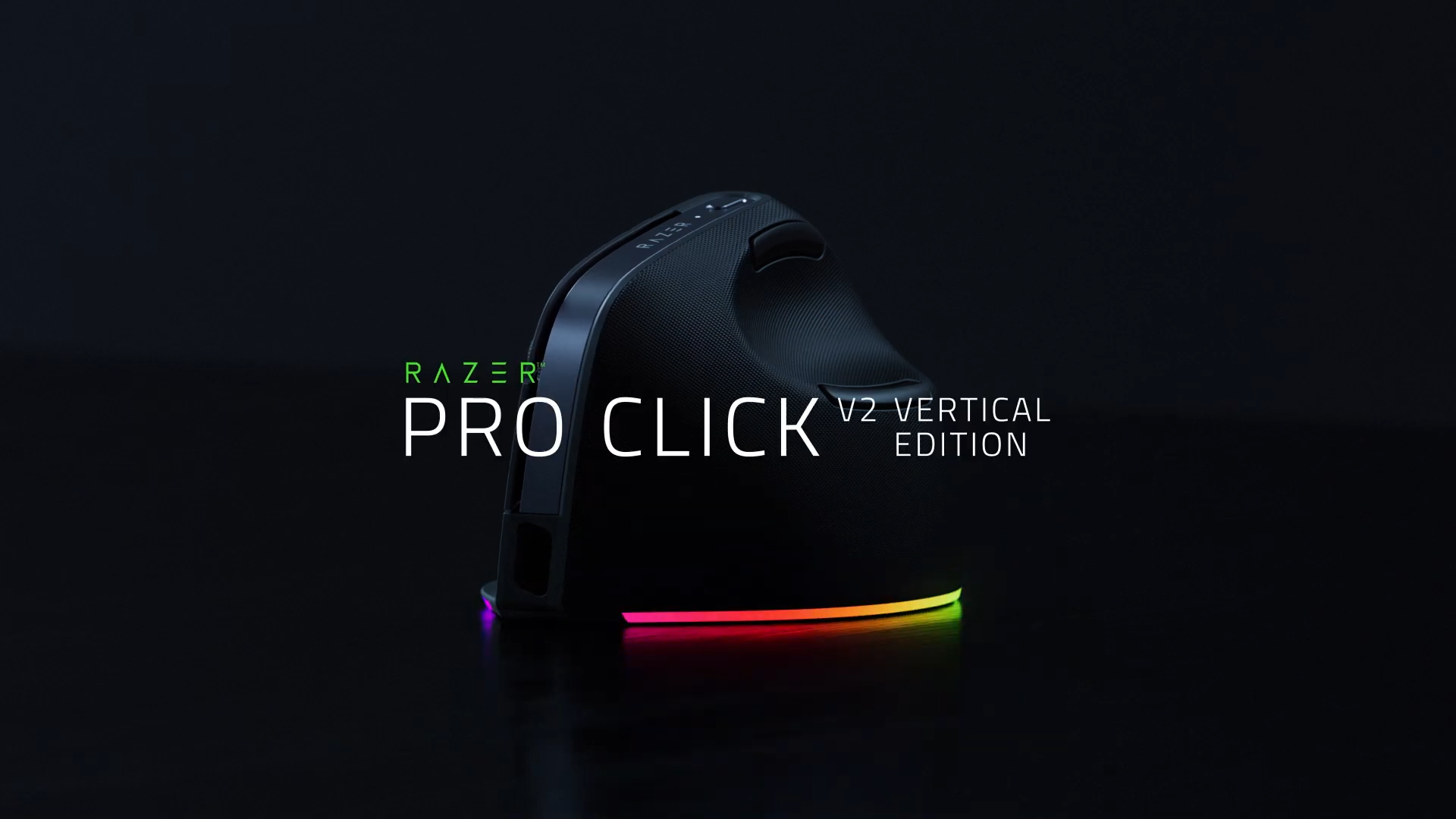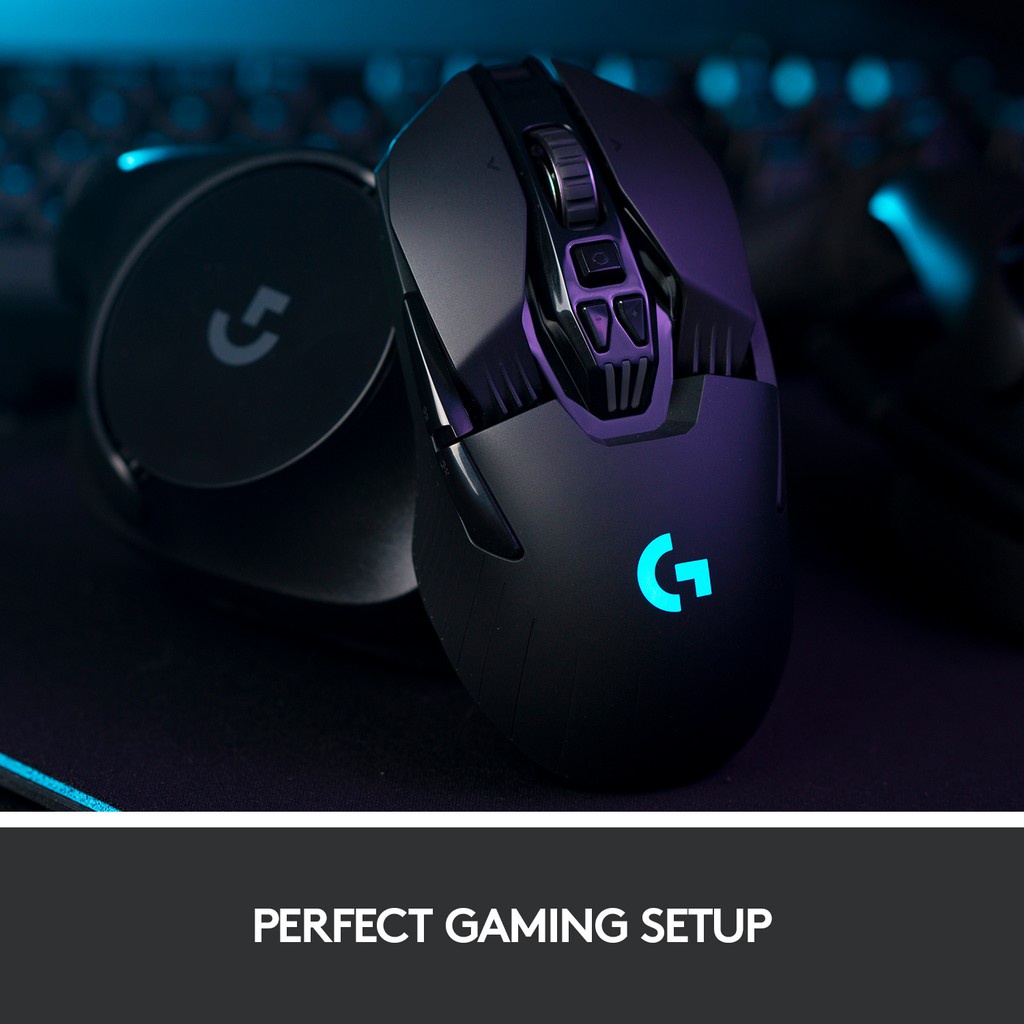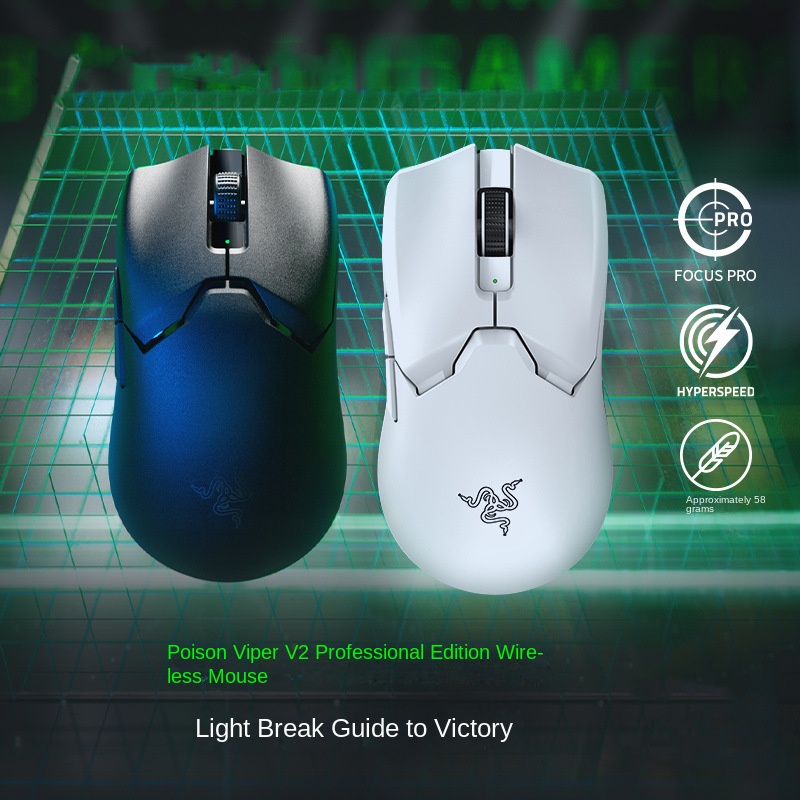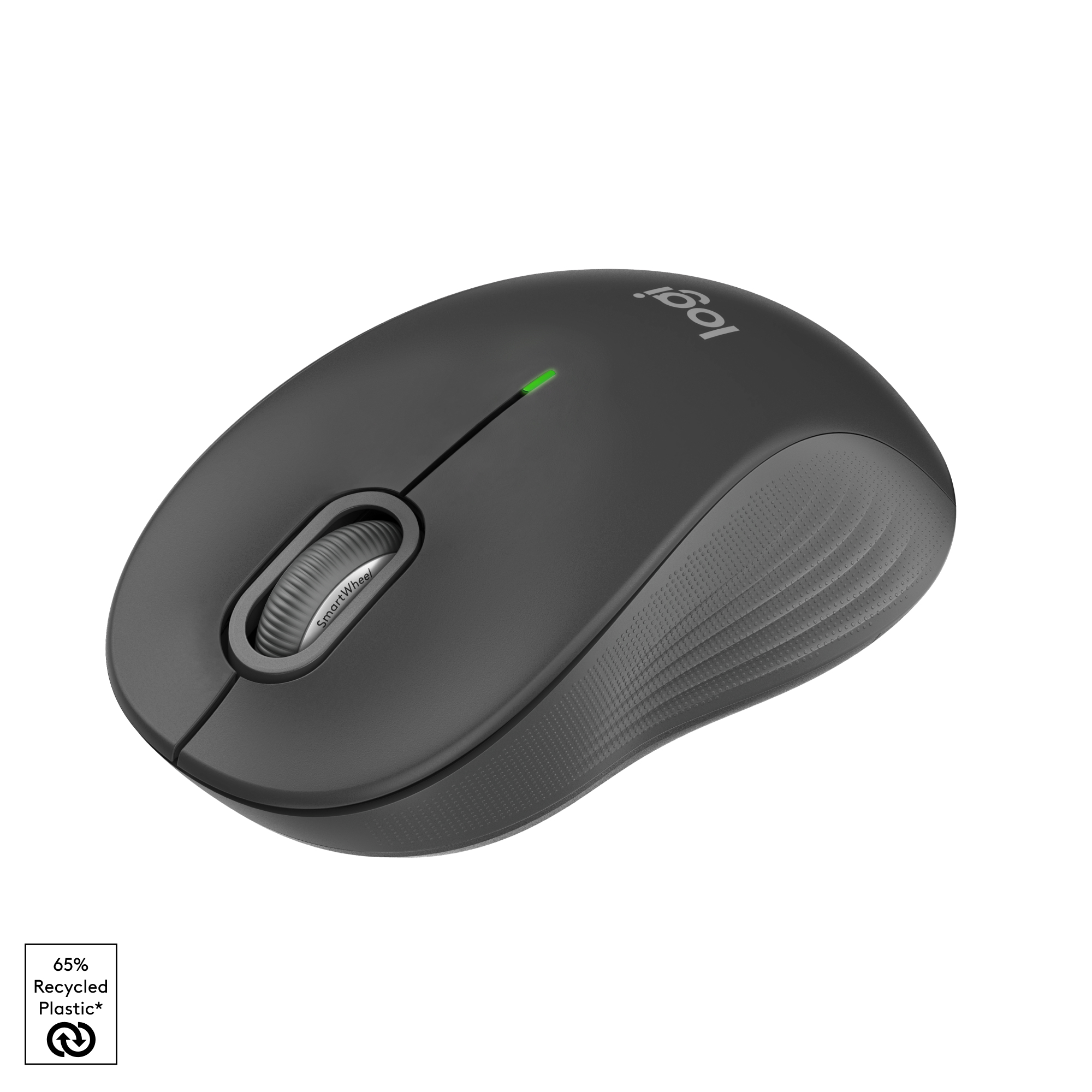Introduction
The world of computer peripherals has seen significant advancements in recent years, particularly in the realm of wireless and ergonomic mice. As technology continues to evolve, so do our expectations for user comfort and functionality. Modern wireless mice are not just about eliminating cords; they offer advanced features that cater to various needs such as gaming precision, productivity efficiency, and overall user well-being.
The importance of ergonomics cannot be overstated. A comfortable mouse can significantly enhance the user experience by reducing strain on hands, wrists, and arms, especially during prolonged use. This is particularly crucial for professionals who spend long hours in front of computers or gamers who require precision and control for extended periods.
Key Features & Design
Design Overview
The latest wireless mice come in a variety of designs tailored to different hand sizes and grip styles. These mice often feature sleek, lightweight construction with materials such as matte plastic or aluminum that provide both durability and aesthetic appeal.
- Size: Ranging from compact models ideal for small hands to larger variants suitable for palm grips.
- Shape: Ergonomically designed contours that support natural hand positions, reducing strain during prolonged use.
- Weight Distribution: Balanced weight distribution ensures smooth movement and precision control without fatigue.
Ergonomic Features
The ergonomic features of these mice are crucial for enhancing user comfort. Key features include adjustable DPI settings, programmable buttons, and customizable profiles that allow users to tailor the mouse's performance to their specific needs.
- Adjustable DPI: Allows users to customize sensitivity levels for different tasks or gaming scenarios.
- Programmable Buttons: Users can assign macros, shortcuts, or game-specific commands to enhance productivity and gaming performance.
- Customizable Profiles: Save settings such as button mappings, DPI profiles, and scroll speeds for easy switching between tasks.
Performance Evaluation
Detailed Specifications
The technical specifications of wireless mice are essential in determining their performance capabilities. Key features include the type of sensors, connectivity options, battery life, and software support.
- Sensors: High-quality optical or laser sensors provide accurate tracking and reliable responsiveness.
- Connectivity: Modern mice often feature Bluetooth and 2.4GHz wireless connectivity for versatile use across multiple devices.
- Battery Life: Extended battery life ensures uninterrupted usage without frequent recharging.
- Software Support: Advanced software allows users to fine-tune settings, create custom profiles, and manage macros.
Performance Benchmarks
Testing these mice against industry benchmarks can provide insights into their performance capabilities. This includes accuracy, response time, and durability tests that measure the mouse's ability to perform consistently over long periods of use.
Real-World Usage Scenarios
Gaming Scenario
In gaming scenarios, wireless mice must offer high precision and reliability for competitive play. Features such as programmable buttons and adjustable DPI settings allow gamers to customize their setup for optimal performance in various games.
Productivity Scenario
For productivity tasks, ergonomic design is paramount to ensure comfort during long hours of work. Additional features like customizable profiles help users switch between different applications or workflows seamlessly.
Troubleshooting Common Issues
- Battery Draining Quickly: Ensure the mouse is properly charged and not in a low-power mode. Check for any software updates that could improve battery efficiency.
- Lag or Delay: Try adjusting the polling rate settings to find an optimal balance between performance and power consumption.
Frequently Asked Questions (FAQ)
- Q: How do I change DPI settings?
A: Most mice have a software application that allows users to adjust DPI settings for different profiles. Refer to the user manual or online documentation for specific instructions.
- Q: Can I use my mouse with multiple devices?
A: Yes, many modern wireless mice support both Bluetooth and 2.4GHz connectivity, allowing them to be paired with multiple devices without needing additional hardware.
- Q: How do I program macros or shortcuts?
A: This is usually done through the manufacturer's software application that comes bundled with your mouse. Macros can often be assigned to specific buttons for quick access.
- Q: What if my mouse doesn't respond properly?
A: Start by checking the battery level and ensuring no interference from other wireless devices. Updating firmware or driver software might also resolve connectivity issues.
Conclusion & Recommendations
The advancements in wireless and ergonomic mice have greatly enhanced user experience, offering unparalleled comfort and functionality. When choosing a mouse, it's important to consider your specific needs such as grip style, required features like programmable buttons or adjustable DPI, and compatibility with your devices.
For gamers seeking precision and reliability, models equipped with high-performance sensors and customizable profiles are ideal. For productivity-focused users, ergonomic designs that reduce strain during long hours of use are highly beneficial.
Ultimately, investing in a quality wireless mouse not only improves performance but also contributes to overall well-being by minimizing physical discomfort associated with prolonged computer usage.
